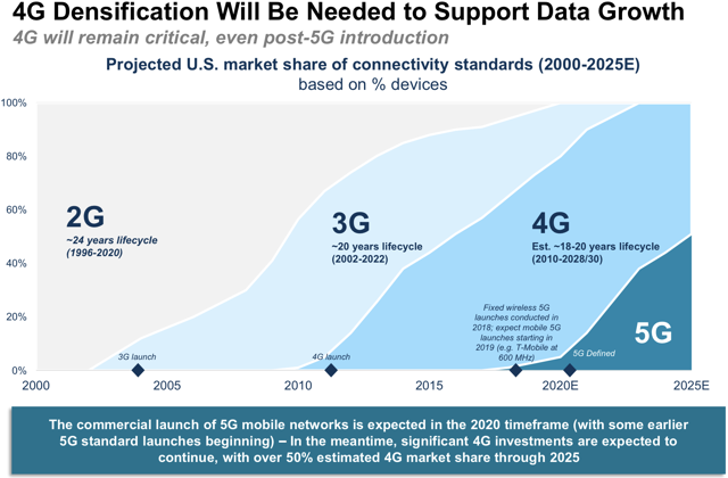If you've ever wandered through a town you might have noticed tiny cell towers for 5G on street light poles. They appear like tiny boxes however they're actually sending wireless signals from mobile providers to your mobile.
They are replacing larger specially-designed cell towers. While they're not as noticeable however, they could cause problems for people.
It is the Federal Communications Commission's Radiation Exposure Thresholds
The FCC's Radiation Exposure Thresholds determine the maximum amount of time a person can be exposed to electromagnetic energy from wireless devices. The limits for exposure are based upon scientific research which prove that electromagnetic energy could cause harm to health.
The absorption rate specific (SAR) is an indicator of the amount of radiofrequency energy absorbed by tissue. It is typically 1.6 watts per kilogram, spread over a kilogram of tissue.
But, since 5g operates at higher frequencies this could be able to create more energy on the skin and other exposed body areas. This can lead to a wide range of possible harms, such as an increase in appearance of skin disorders such as dermatitis, skin cancer and cataracts.
Because of the potentially harmful effects of radiation from 5G, PSU has chosen to set a general localized maximum power density of four MW/cm2 measured over 1 cm2, but not to exceed 30 minutes, for all 5G services at 3000 GHz. This localized limit is consistent with the maximum SAR that is spatially averaged at 1.6 W/kg, averaged over one 5 grams of body tissue, at 6 GHz.
The FCC's Maximum Exposure Thresholds for Maximum Exposure
In the event that you've used cell phone, you probably know that a safe location from the tower is at least 400 meters. This is due to the transmitting power of cell towers increases drastically the further away your location from the tower.
While it sounds like something that's good but the truth is that people living in close proximity to towers might be more susceptible to health issues. For instance, a study conducted in 2014 in India found that those who lived within 50m of cell towers experienced much more health problems than those who were away from the antennas.
safe distance to live from cell phone tower revealed that those who relocated to areas further away from cell towers noticed their symptoms improve within a few days. Other studies have revealed that exposure to high levels of radiofrequency electromagnetic fields (EMFs) could cause cancer, brain tumors and other health issues.

This is due to the fact that the RF radiation used in wireless communication, can be absorbed by the body's outer layer, which is the skin. This is vital to be aware of because the skin serves as a shield against injuries caused by mechanical forces, infections from pathogenic microorganisms, as well as the entry of harmful substances. It is also the biggest organ in the human body, and is accountable for keeping the integrity of other organs.
The FCC's Minimum Exposure Thresholds for the Minimum Exposure
The FCC's Minimum Exposition Thresholds are based upon many assumptions that aren't supported by evidence from science. These include the erroneous belief that short-term exposures RF radiation are safe due to the limited absorption into body (i.e. thermal heating of tissue).
This assumption does not take into account the deeper penetration of the ELF components of modulated RF signals and the effects of brief bursts of heat from pulsed RF waves. These assumptions do not correspond with current understanding of the biological effects of RF radiation. As such, they should not be considered for health protection exposure guidelines.
In safe distance from cell tower , the ICNIRP and FCC are limiting their maximum exposure limits to local peak SARs based on the maximum speed of spatial absorption (psSAR), which can be described as not a sufficient dosimetric tool to assess the amount of radiation exposure. Particularly the psSAR tool is not accurate for frequencies above 6 GHz. In https://price-blom.mdwrite.net/what-is-the-safest-distance-coming-from-a-5g-cell-tower-1682555964 , psSAR is not been tested for RF radiation that is exposed to other agents of the environment such as sunlight. In the event of interactions, RF radiations with different environmental agents may produce synergistic or antagonistic results. This would result in an increased risk of negative health consequences. For example, exposure to RF radiation along with exposure to sunlight can increase the risk of skin cancer, as well as aggravate other skin diseases such as acne.
